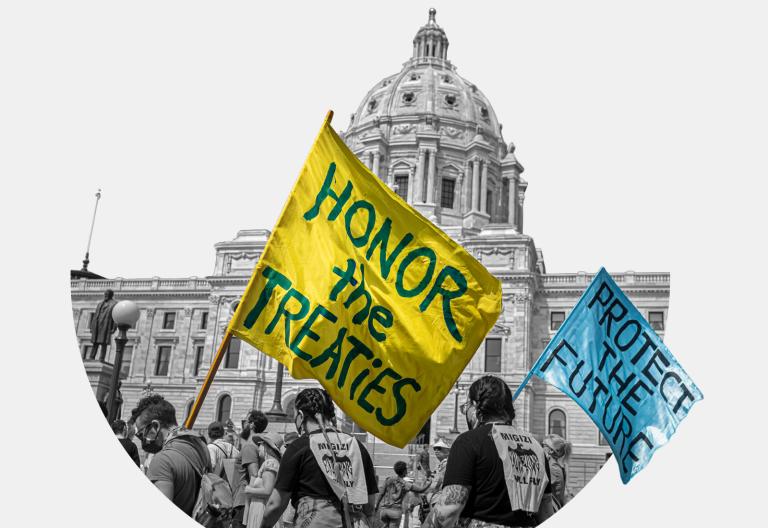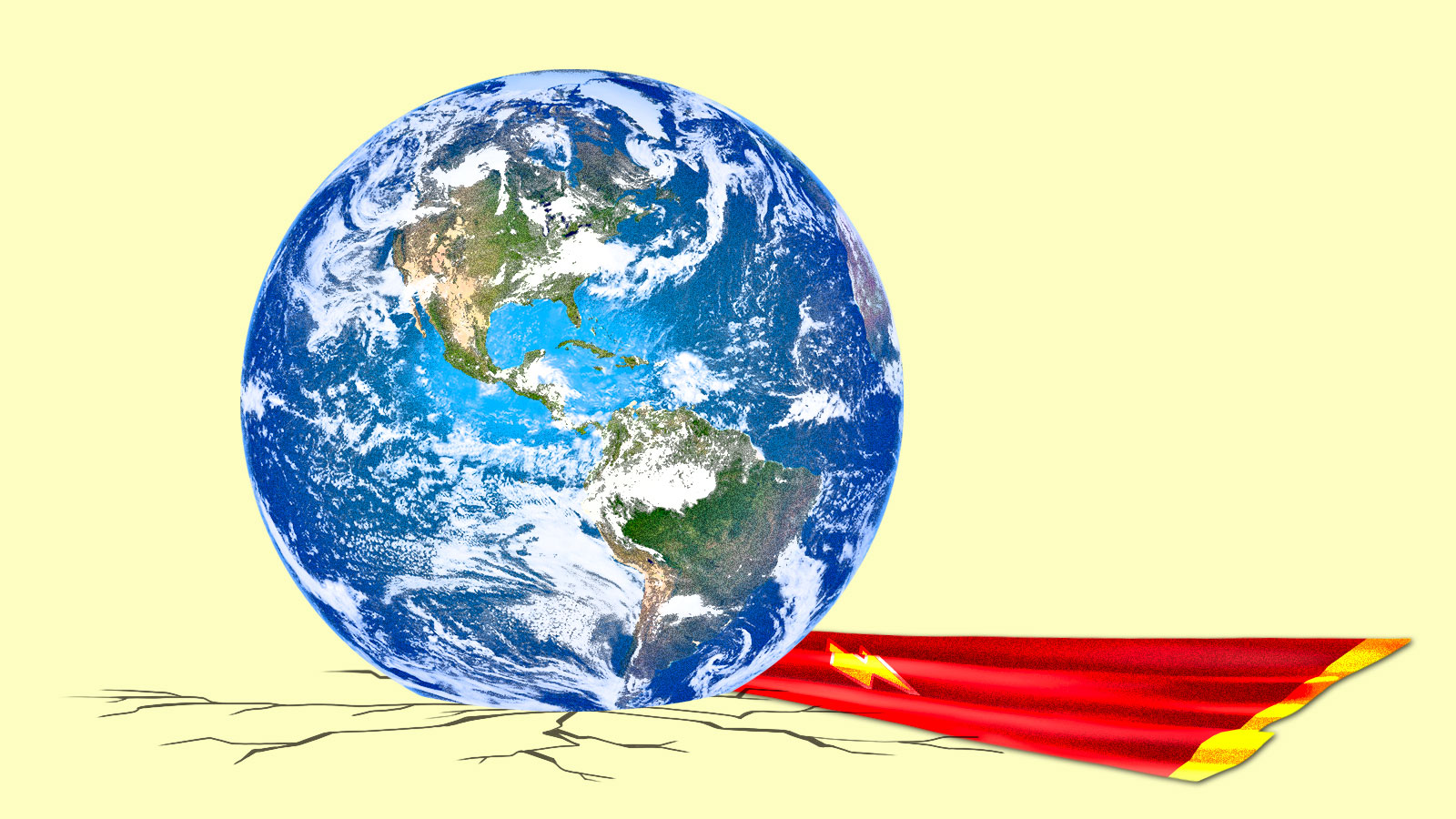It may seem ludicrous now, but there was a time when scientists wanted to melt the glaciers. Geologists at Penn State realized in 1939 that sprinkling coal dust on patches of snow would get the glaciers to absorb more of the sun’s heat, melting faster. Helmut Landsberg, the professor who led the experiment, mused that it would be “utopian” to cover large ice fields with coal soot in order “to melt off considerable portions of glaciers,” and open up northern frontiers for growing crops or trees for timber.
Back then, glaciers were already beginning to visibly recede because of a different use of coal. Greenhouse gas emissions from burning coal and other fossil fuels accelerated, and over the past decade Earth has been losing around 1.2 trillion tons of ice every year.
The coal-dust tests are just one of many strange episodes illuminated in Alice Bell’s new book, Our Biggest Experiment: An Epic History of the Climate Crisis. It frequently brings to mind the phrase “hindsight is 20/20.” Bell, a science writer and the co-director of the U.K. climate charity Possible, describes herself as a “part-time historian of the apocalypse, part-time campaigner for a better future.” Her book is a sweeping account of hundreds of years of developments in energy, science, technology, and environmentalism that attempts to make sense of how the world got into our current mess.
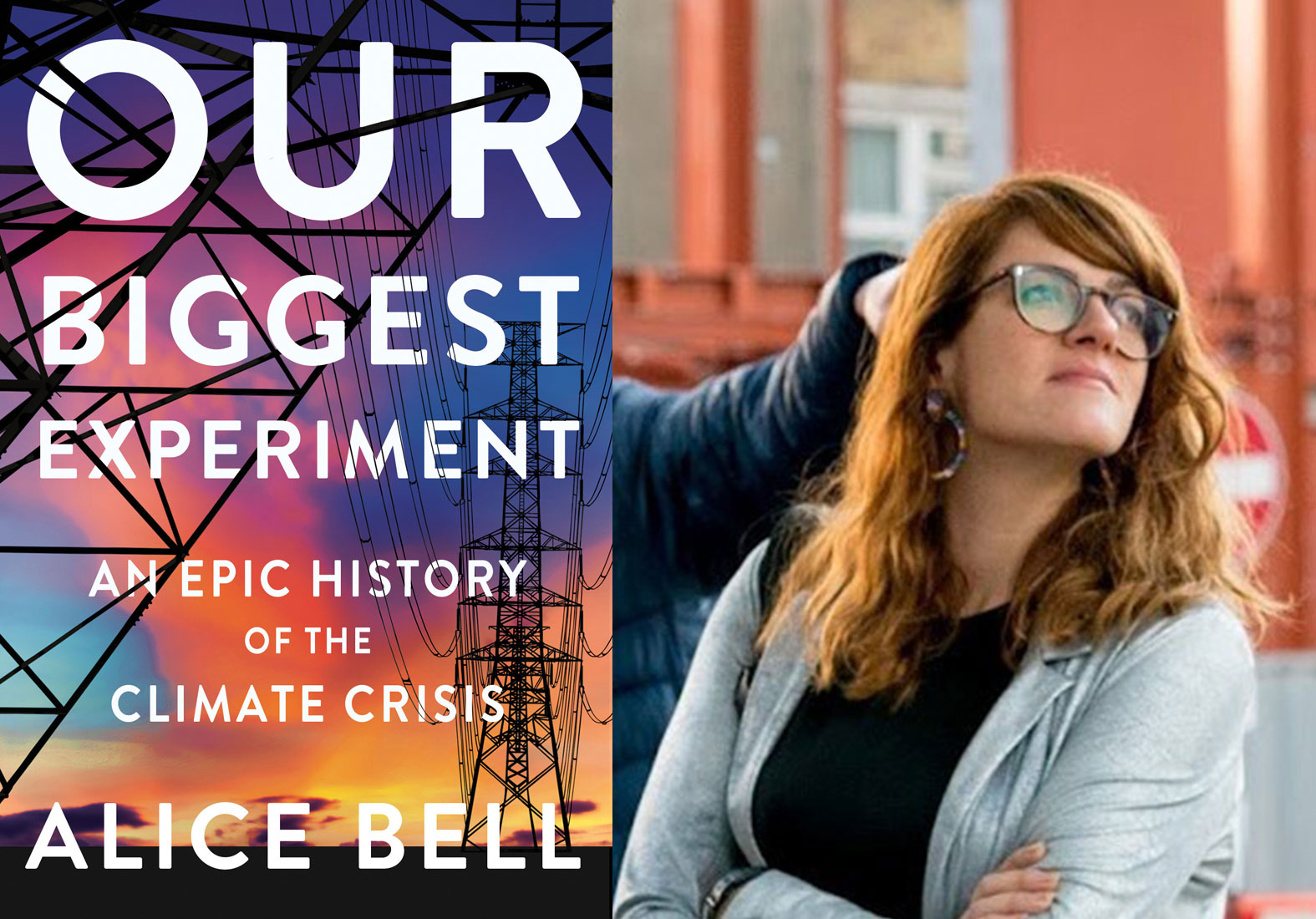
It’s a tremendous task, and Bell resists the temptation to simplify the story, offering a nuanced look at the past instead of a tale of good and evil. “It isn’t a simple story of villains and heroes, although there are some really heroic people and some really villainous people,” Bell told Grist. “There’s also just people going about their everyday lives and either finding something amazing, or doing something terrible, or being part of a larger structure.”
The first chapter opens at the Great Exhibition of 1851 inside of London’s Crystal Palace, a giant greenhouse in Hyde Park made of glass and cast iron, three times bigger than St. Paul’s Cathedral, that offered millions of visitors a glamourous vision of technological progress. Coal was the star of the show. The fossil fuel was on display in raw lumps and powered the machinery section through steam boilers. In all likelihood, coal smoke was also “perfuming” the air. The exhibition, Bell writes, “reflected the start of something new: an age of prosperity (at least for some) built on the burning of fossil fuels.”
From there, Bell takes the reader back to the hunt for whale oil in the 17th century before vaulting forward through the centuries to the growth of steam, oil, electricity, and eventually, climate science. Along the way, Bell introduces a flurry of characters — some familiar (Thomas Edison, Al Gore), some less so. There’s Eunice Foote, a scientist and women’s rights campaigner, who discovered carbon dioxide’s heating abilities in 1856, noting, “An atmosphere of that gas would give to our earth a high temperature.” Bell also criticizes the early environmentalists, documenting many conservationists’ racism, such as Madison Grant, whose 1916 book on “race science” (it was bunk) helped inspire Adolf Hitler’s ideas.
While activists sometimes feel compelled to tell a more straightforward tale of good and evil, Bell said, “My historian bit of me was just bristling at the idea of doing that.” Heroes make for good stories, but heroic tales suggest that individuals transform the world rather than movements and coalitions, as Rebecca Solnit argues in the essay “When the Hero Is the Problem.” “We are not very good at telling stories about a hundred people doing things,” Solnit writes — precisely what the history of the climate crisis calls for.
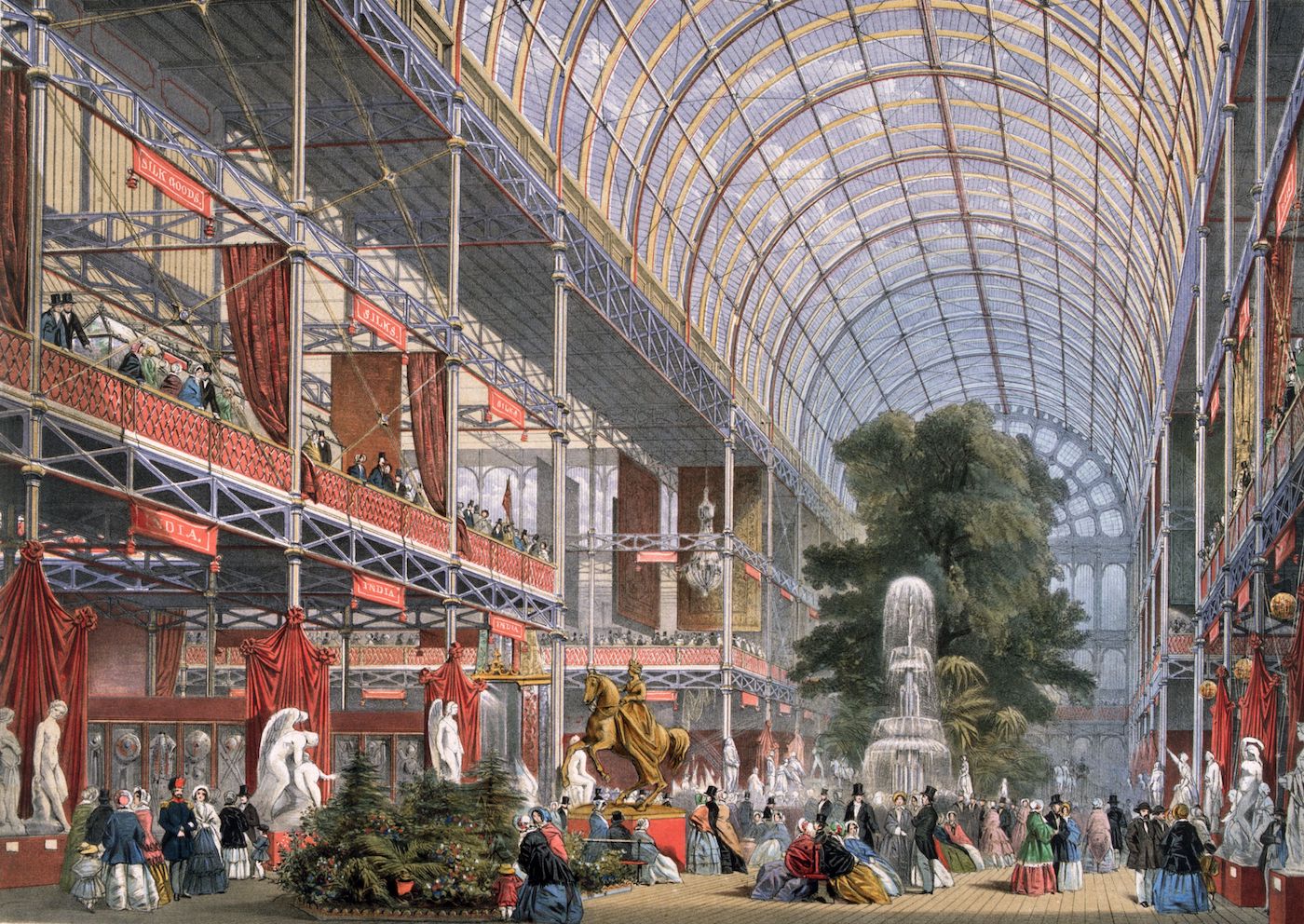
Bell also turns a critical eye to the scientific community, which sometimes ridiculed “activist” colleagues, or called those who considered worst-case climate change scenarios “prophets of doom.” Scientists tend to err on the side of less drama, downplaying the alarming consequences of climate change. Turning to environmental groups, Bell wonders if they might have missed opportunities to act earlier. She muses that they may have been slow to embrace the climate cause because they saw it as pro-nuclear, when so many of the same activists had spent decades campaigning against nukes. She also wonders if there was a culture clash because findings about climate science tended to come from geophysicists or the military, rather than the ecologists that conservationists sympathized with.
It’s striking how much the history of climate change concentrates on well-to-do men in Europe and the U.S., particularly those who got rich off fossil fuels. The question of responsibility hovers throughout the book. In the end, Bell concludes that she’s “not sure a blame game is useful, and if it was, it’d be the people who deliberately peddled doubt who’d be first in line.” In August 1988, weeks after the climate scientist James Hansen delivered an attention-getting testimony to Congress about climate change, an internal memo from Exxon’s public affairs department laid out its strategy: “Emphasize the uncertainty.”
Today, the public has a much clearer understanding of climate change. “We’re living our ancestors’ dystopias and it is time we woke up to that,” Bell writes. The recent report from the United Nations’ Intergovernmental Panel on Climate Change found that humans have “unequivocally” warmed the planet. But that clarity can cloud our ability to understand the minds of people in the past: the scientists like Landsberg who imagined sprinkling coal soot over ice would bring forth a glacier-free utopia, or the meteorologist Henry Wexler, who wrote in 1957 that the world’s reliance on fossil fuels would be temporary, soon swapped for a nuclear-powered future.
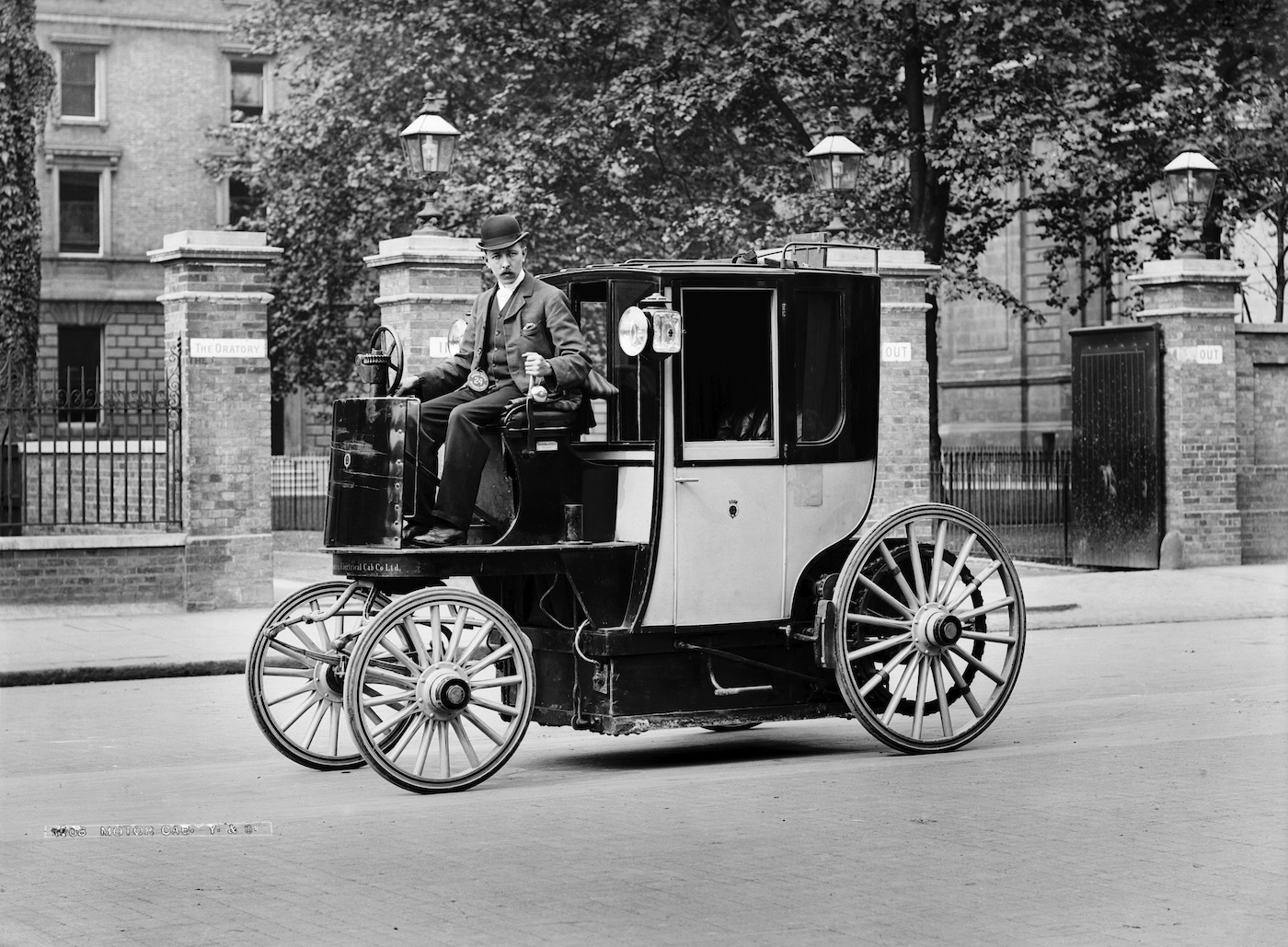
Though it might be hard to imagine a vision of the world where electric cars took off instead of petroleum-powered ones, or renewable energy ramped up much earlier, Bell’s book shows that our carbon-heavy society was not predestined. It was sometimes just an accident of being in the right place at the right time, and with the right marketing team.
Consider, for example, popular kitchen appliances. Gas-powered fridges could have been a big thing — they were slightly later to the market than electric ones, and didn’t have as big of a public relations push in the 1920s and 1930s. The opposite happened with gas and electric stoves, with the fossil fuel industry pouring money into its “cooking with gas” advertisements from the 1930s onwards. Electric cars, too, were predominant in 1900, but they were quickly outsold by Henry Ford’s more affordable, petroleum-friendly Model Ts.
Bell doesn’t spend much time on recent events, saying it’s too early to digest the past 10 years from a historical perspective. But just as modern society’s addiction to fossil fuels wasn’t inevitable, she hopes that its future isn’t, either.
“There were many other different routes we could have taken,” Bell said. “I think that looking at the past, we should use that to think about the future. We’re now faced with a huge set of technological decisions. We need to make the right ones.”
